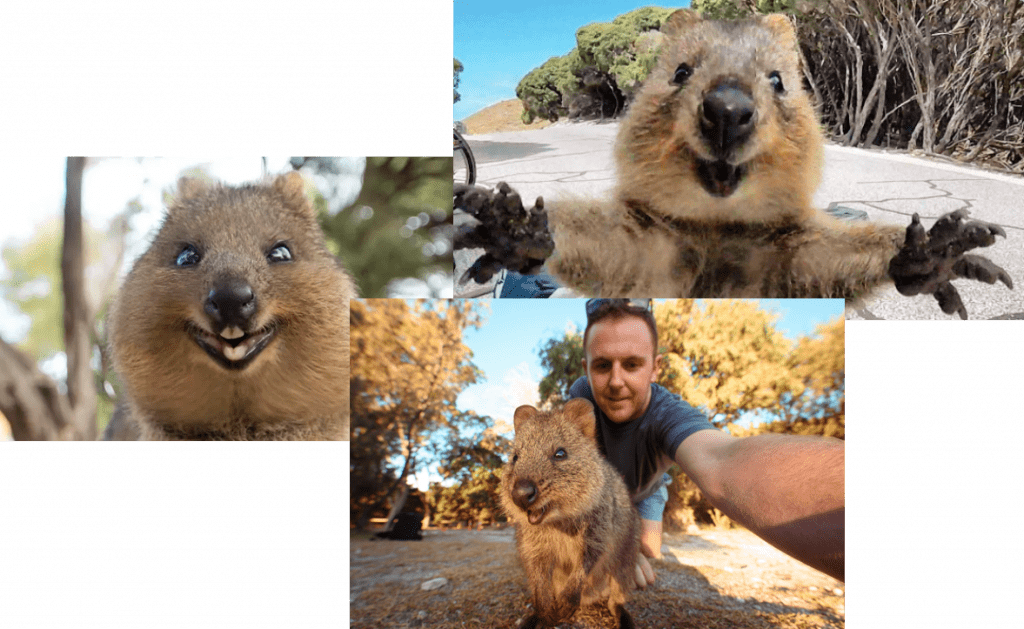This weeks wellbeing tutorial was continuing on the third pillar of Building Positive Friendships
This week we focused on Friendship Groups.
For this week we looked to the animal kingdom to help understand and compare the different types of roles there are in Friendship Groups.
Chickens

Chickens form a tight group and it is very difficult for a new chicken to be added to the group. In most cases when this happens, the group will attack the new chicken and peck it to death. In addition, bigger stronger chickens will peck other chickens into submission to be the more dominant- hence the phrase ‘pecking order’
Dogs

Dogs like to be in company, they like to be part of a pack. However, within a pack, there is always one who takes the lead. This is known as the ‘top dog’ and it is not necessarily the biggest or strongest. Relating this to humans, there is also normally a hierarchy, but this could be the eldest, smartest, most well-liked etc.
Chimpanzees

Chimps always want to be together. They do not survive well alone or being outcast from the group. Chimps are altruistic and are always helping each other out. They epitomize the phrase- ‘you scratch my back, I’ll scratch yours’
Geese

Geese stick together and stay in formation when flying. This is because they are better together as one. Flying on mass in formation helps with air resistance and also protection. They also take in turns taking the lead and ensure that the less strong flyers are kept between others. In essence, they ‘flock together’.
Quokka

The Quokka is an unusual animal found in Australia. They love attention and when given it always appear to smile. They are positive and inquisitive animals that enjoy company. And their smile is infectious.
There are thousands of more animals we could study.
However, when we look at these animals and how they operate in their groups, we can see that there are similarities with our friendships groups. There is normally a top dog, and a pecking order, we like to flock together, we like to support each other, we also enjoy company. We asked the students to think about what role they play in their group and ultimately whether they are a positive influence in their group or not.